This breakthrough matters because they cross a threshold: proof in humans that diabetes—both type 1 and type 2—can, in principle, be reversed.
By Dr. Ibrahim Lusang, Health Specialist
In a small clinical ward in China, history may have quietly shifted. Two patients—one a young woman living with type 1 diabetes since childhood, the other a man battling type 2 for over a decade—underwent a medical experiment that seemed more like science fiction than standard care.
Instead of injections, pumps, or pills, they received living, lab-grown islet cells—crafted from their own reprogrammed stem cells—implanted deep into their bodies. Within weeks, their lives changed.
The 25-year-old woman, dependent on insulin for years, was insulin-free in just 75 days. The 59-year-old man, who had been injecting insulin for years alongside oral medication, was off every drug in under a year. Both now produce their own insulin naturally. No injections. No pills. Just regeneration.
For decades, scientists have dreamed of this moment: the possibility of restoring the pancreas’s ability to produce insulin, rather than endlessly managing its failure. In these cases, doctors transformed skin or blood cells into induced pluripotent stem cells (iPSCs), coaxed them into becoming insulin-producing islet clusters, and transplanted them into the body. Unlike earlier approaches relying on scarce donor pancreases, these therapies use the patient’s own genetic material, eliminating the risk of rejection—at least in theory.
This isn’t a large trial; it’s a pair of early-stage breakthroughs. But they matter because they cross a threshold: proof in humans that diabetes—both type 1 and type 2—can, in principle, be reversed.
Still, caution is warranted. The type 1 patient was already on immunosuppressants due to a prior liver transplant. Long-term results are unknown. The process remains technically complex and costly, far from being ready for widespread clinical rollout.
Yet the implications are immense. If such therapies mature, they could disrupt the global insulin market—worth an estimated $20 billion annually—by offering a cure instead of a lifetime prescription. Critics warn that such disruption will meet resistance from industries built on chronic treatment. Supporters counter that medicine’s duty is to heal, not to perpetuate dependency.
Other countries are racing too. In the United States, Vertex Pharmaceuticals is developing donor-derived stem cell therapies; early trials show many patients achieving insulin independence within a year. But China’s use of autologous cells—where the body heals itself from its own blueprint—gives its researchers a unique edge.
For now, these two patients stand as living symbols of a possibility once dismissed as fantasy. Whether the world is ready to embrace a cure, or too invested in the economics of treatment, is a question that will define the next decade of diabetes care.
If this is the dawn of a new era, we must ensure it rises for everyone.
— Dr. Ibrahim Lusang
Health Specialist, The Independentist


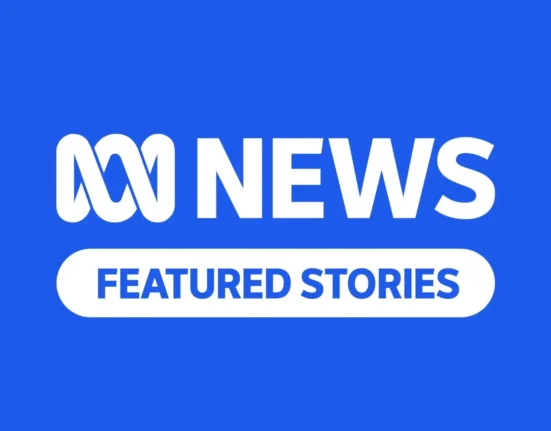


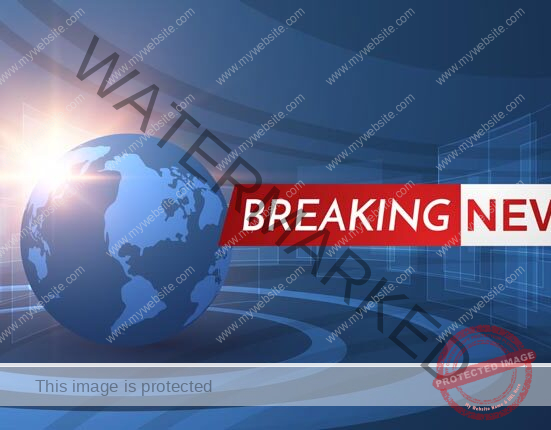

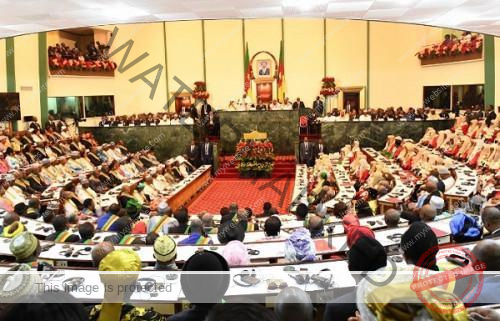

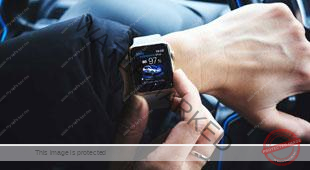



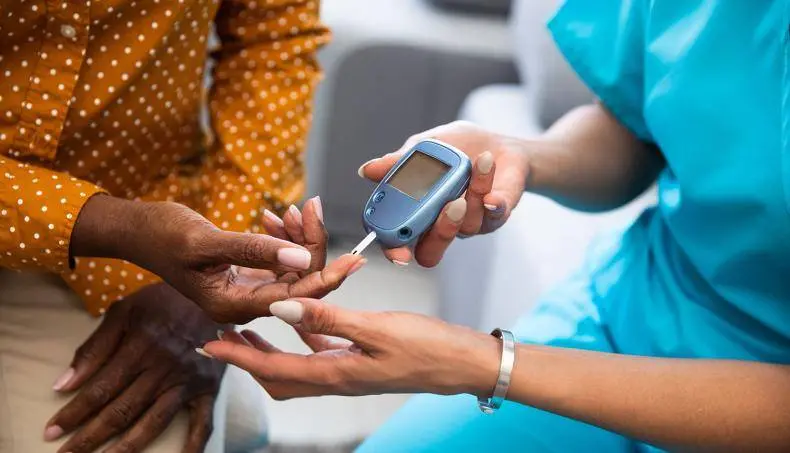

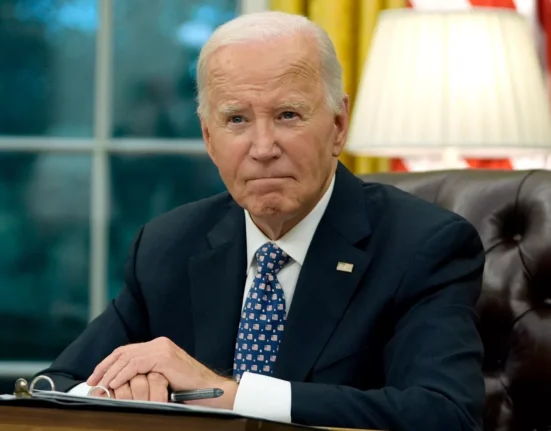



Leave feedback about this